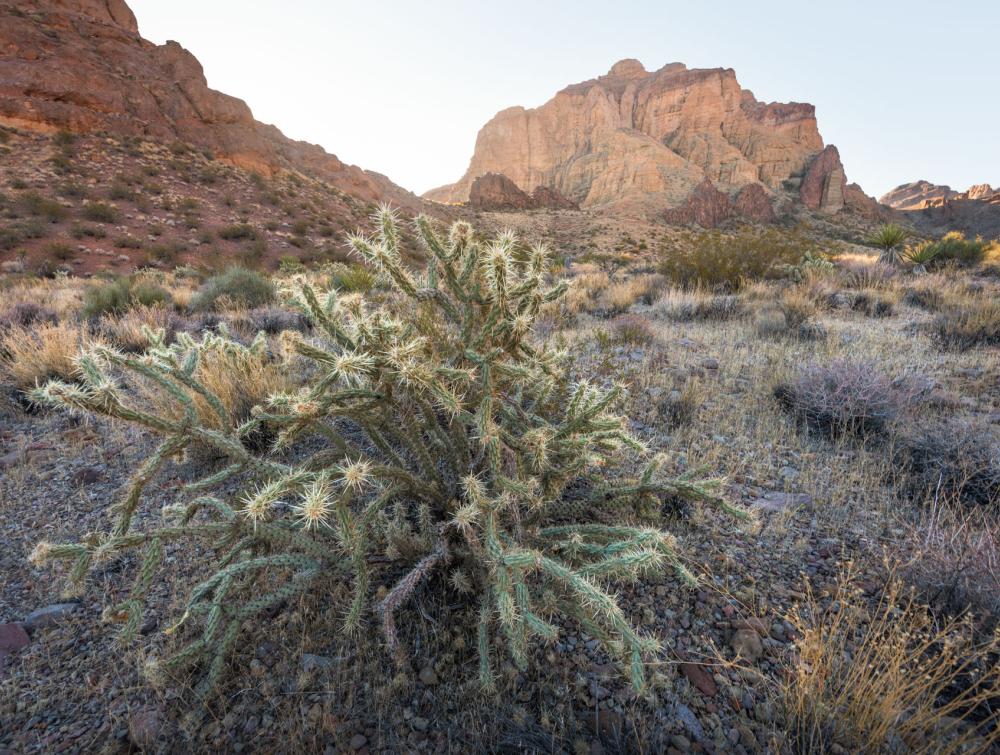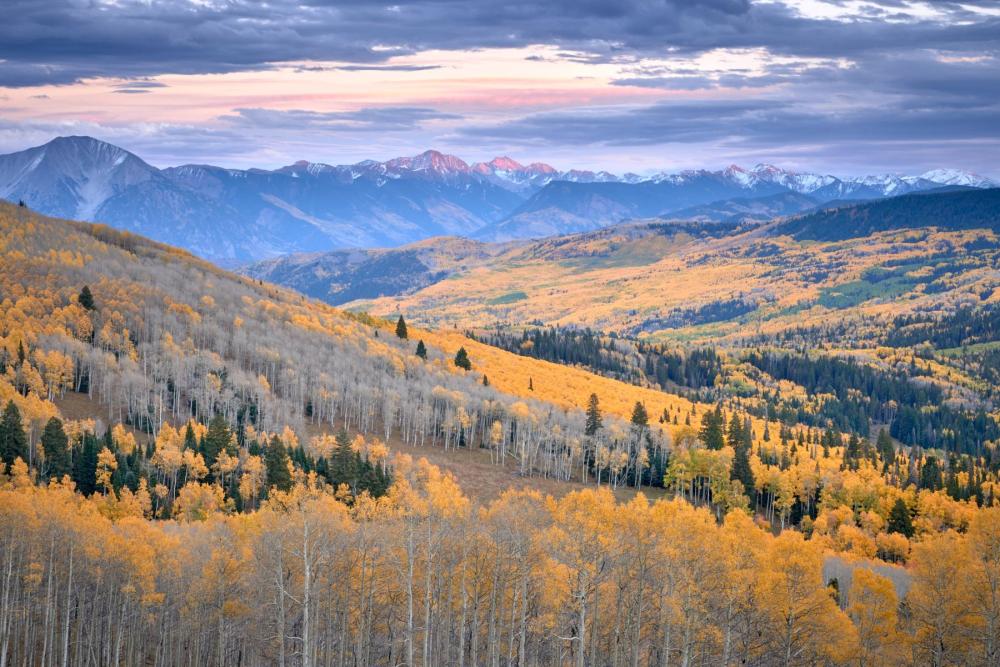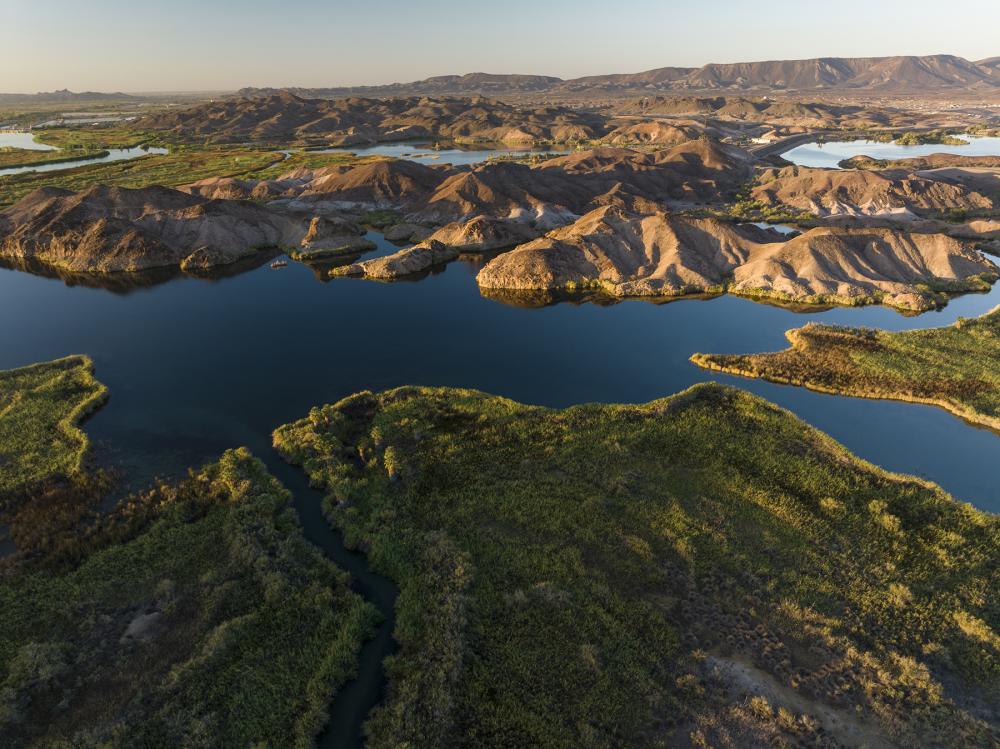The clock is on: Time running out for Biden’s national monument marathon

Avi Kwa Ame National Monument, NV
Mason Cummings, TWS
National monuments are a key protection for vulnerable public lands.
Though national monuments may not be as high profile as national parks, they are nonetheless some of the most significant protected lands in the United States. Legally established by the Antiquities Act of 1906, national monuments are landmarks, structures “and other objects of historic or scientific interest” that are protected for public benefit—from stunning landscapes like Organ Pipe Cactus, to places of Indigenous significance like Avi Kwa Ame, to important cultural and historical sites like Stonewall.
It's well-known that President Biden has repeatedly pledged—from his early campaign days through the present—to set new conservation records and substantially transform climate policy. In part, that means protecting landscapes that are vital habitat to combat extinction and climate-driven destruction. While progress has been made on that front, there are still lots of opportunities to designate national monuments in the months ahead.
Across the country, communities of all stripes are calling on President Biden to fulfill his promises and complete his first term with a series of designations that would protect vulnerable landscapes for the benefit of people and wildlife alike. Here are a few locally led proposals that we think President Biden should honor as soon as possible:

Thompson Divide, CO
Jon Mullen
Great Bend of the Gila
Just outside the hardened sprawl of Phoenix, Arizona, there is an incredibly fertile, verdant oasis in the Sonoran Desert. The Great Bend of the Gila—named so for a turn in the Gila River—shaped much of the Southwest’s history and heritage and serves as a nexus of natural, cultural and geological significance. Since time immemorial, it has been home to at least 13 Tribes that continue to maintain deep connections with the landscape. The Great Bend is beloved by people near and far for its sublime beauty, wildlife and quiet recreational opportunities.
As Phoenix, the fifth most populated city in the country, continues to expand, Tribes, Nations, and neighboring towns are concerned about encroaching development and vandalism of cultural sites—including petroglyphs—across the region. They are calling on the federal government to permanently protect the landscape by designating a Great Bend of the Gila National Monument.

Arctic National Wildlife Refuge, AK
Georgia and Edward Bennett
Sáttítla
In the northern mountains of California, where the headwaters lie for most of the drought-afflicted state’s drinking water supply, an area of critical cultural and ecological significance is at risk of being lost to industrial development.
Sáttítla—sometimes known as the Medicine Lake Highlands—has been held sacred for thousands of years by numerous Tribes, including the Pit River, Modoc, Shasta, Karuk and Wintu. It remains an important spiritual hub for Pit River and Modoc peoples, and its volcanic aquifers send clean drinking water south down to the San Francisco Bay.
Sáttítla lies within the bounds of three national forests and has faced a constant barrage of threats from industrial developers who would needlessly destroy and pollute this incredible landscape. It is not a place that should be lost, and a national monument designation can ensure it is not.

An aerial view of the Kw'tsán landscape
Courtesy Protect Kw'tsán National Monument coalition
Kw'tsán
Follow the Colorado River south towards the Mexico border and you’ll eventually reach the sprawling deserts of Imperial County, where Quechan peoples have found homeland for countless generations. This landscape holds unquantifiable significance—both cultural and ecological—to the Quechan people and is vital habitat for countless species that rely on the river valley for life.
But this area, currently managed by the Bureau of Land Management, is at serious risk of fragmentation from destructive mining and industrial development. To protect this region and the greater cultural landscape that includes Avi Kwa Ame National Monument and the proposed Chuckwalla National Monument, the Fort Yuma Quechan Indian Tribe has called on President Biden to designate Kw'tsán National Monument and create a co-management agreement with Tribes.



